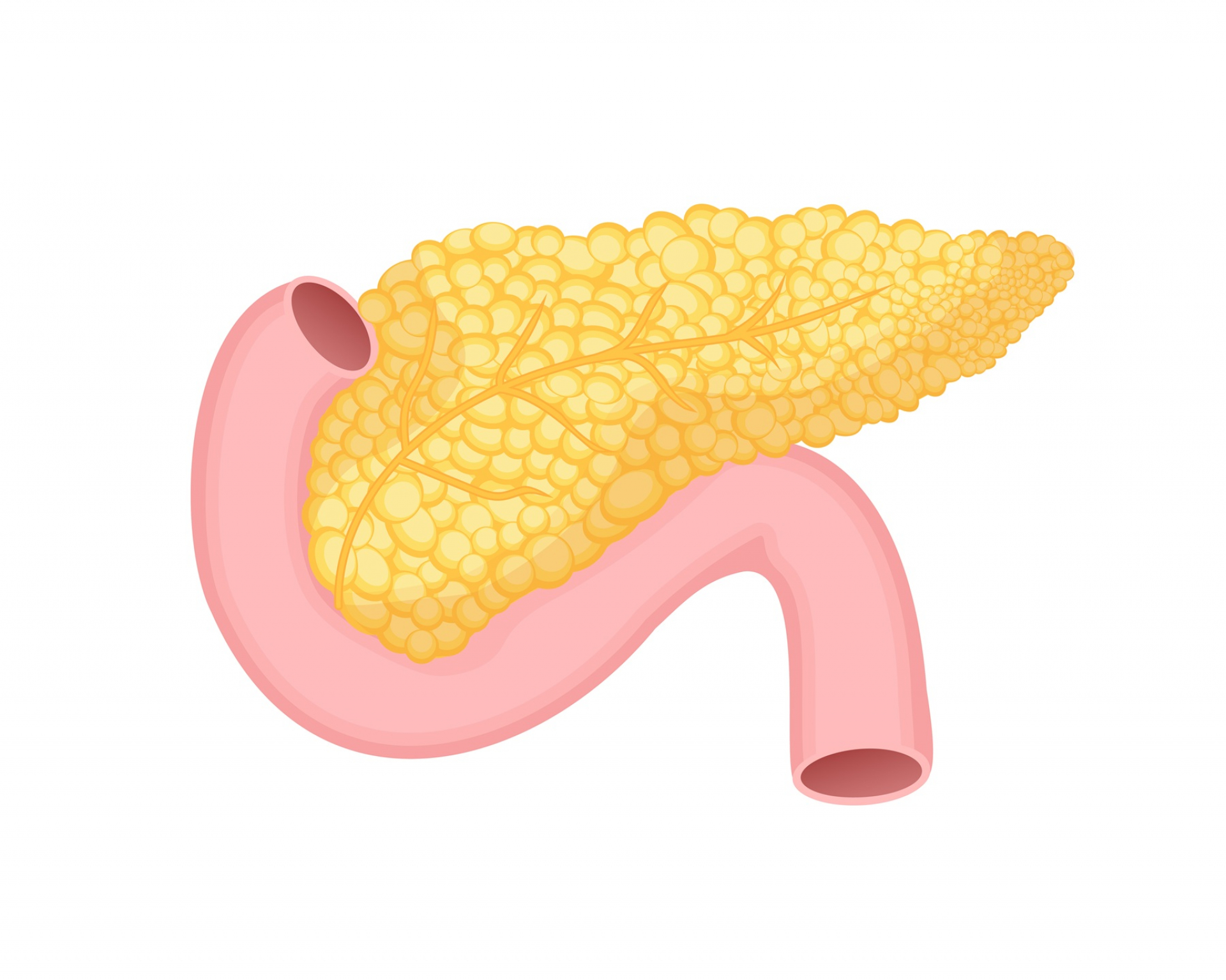Fasting insulin levels are a key indicator of how well your body regulates blood sugar and uses insulin. Measuring insulin while fasting helps assess insulin resistance, detect early signs of diabetes, and guide treatment for metabolic disorders.
What Is a Fasting Insulin Test?
A fasting insulin test measures the amount of insulin in your blood after not eating for 8 to 12 hours. Insulin is a hormone produced by the pancreas that helps cells absorb glucose from the blood. Elevated or low insulin levels can indicate issues with glucose metabolism, even if your blood sugar appears normal.
This test is often paired with a glucose test to calculate the HOMA-IR (Homeostatic Model Assessment for Insulin Resistance), which estimates how resistant your body is to insulin.
Why Is Fasting Important for This Test?
Fasting for insulin test is essential because food intake stimulates insulin production. To obtain accurate baseline insulin levels, you must avoid eating or drinking anything except water for 8–12 hours before the test.
Common reasons for ordering this test include:
- Suspected insulin resistance or prediabetes
- Polycystic ovary syndrome (PCOS)
- Metabolic syndrome
- Obesity or unexplained weight gain
- Monitoring treatment in type 2 diabetes
What are Normal Range of Fasting Insulin Levels
The normal range for fasting insulin levels typically falls between:
- 2 to 20 µIU/mL (micro-international units per milliliter)
However, optimal levels are often considered to be:
- 2 to 10 µIU/mL for healthy individuals
Values can vary depending on lab standards, age, and health conditions. Your doctor will interpret results based on your overall health profile and other lab markers.
How to Interpret Fasting Insulin Test Results?
Here is what different fasting insulin results may indicate:
Low Fasting Insulin Levels (<2 µIU/mL)
- May indicate type 1 diabetes or pancreatic dysfunction
- Rare but may occur in individuals with autoimmune or genetic disorders
Normal Fasting Insulin Levels (2–10 µIU/mL)
- Suggests normal insulin sensitivity
- Ideal range for those without metabolic risk factors
High Fasting Insulin Levels (>10 µIU/mL)
A high fasting insulin level may be a warning sign of:
- Insulin resistance: Your cells are not responding effectively to insulin, prompting the pancreas to produce more
- Prediabetes or early type 2 diabetes
- Polycystic ovary syndrome (PCOS) in women
- Obesity, especially abdominal obesity
Fasting Insulin and Glucose Test (HOMA-IR)
The fasting insulin and glucose test is commonly used to calculate insulin resistance using the HOMA-IR formula:
HOMA-IR = (Fasting Insulin µIU/mL × Fasting Glucose mg/dL) / 405
- A HOMA-IR value under 1.0 is ideal
- Values between 1.0–2.0 are considered normal
- Values above 2.0 indicate insulin resistance, and above 2.9 are significantly elevated
This index helps assess how effectively the body is using insulin in relation to glucose.
Fasting Insulin Test at Home
Thanks to advancements in telehealth, it is now possible to do a fasting insulin test at home. At-home kits typically include:
- Finger-prick blood collection tools
- Detailed instructions
- A prepaid envelope to send the sample to a certified lab
- Online portals or apps to access your results
These kits provide a convenient and discreet way to monitor your insulin levels, especially for individuals managing metabolic health from home.
Benefits of At-Home Testing
- Privacy and comfort
- Saves time and travel
- Encourages regular health monitoring
However, at-home results should always be reviewed by a healthcare provider to ensure accurate interpretation.
How to Prepare for the Test?
To ensure accurate results, fast for 8–12 hours before the test. Avoid sugary beverages, caffeine, and alcohol. Continue taking medications unless instructed otherwise by your doctor. Drink plenty of water to stay hydrated.
Lifestyle Tips to Improve High Fasting Insulin Levels
If your fasting insulin levels are high, lifestyle changes can make a significant impact:
- Diet: Focus on low-glycemic, high-fiber foods. Limit refined carbs and sugars.
- Exercise: Engage in regular physical activity like walking, strength training, or aerobic exercises.
- Weight loss: Losing even 5–10% of your body weight can improve insulin sensitivity.
- Sleep: Aim for 7–9 hours of quality sleep each night.
- Stress management: Practice mindfulness, meditation, or yoga to reduce cortisol, which can affect insulin.
When to See a Doctor?
You should consult your healthcare provider if:
- You experience symptoms like fatigue, frequent hunger, weight gain, or dark patches of skin
- You have a family history of diabetes or metabolic syndrome
- You are overweight or have PCOS
Regular testing and medical advice can help you stay ahead of metabolic conditions and prevent progression to diabetes.


